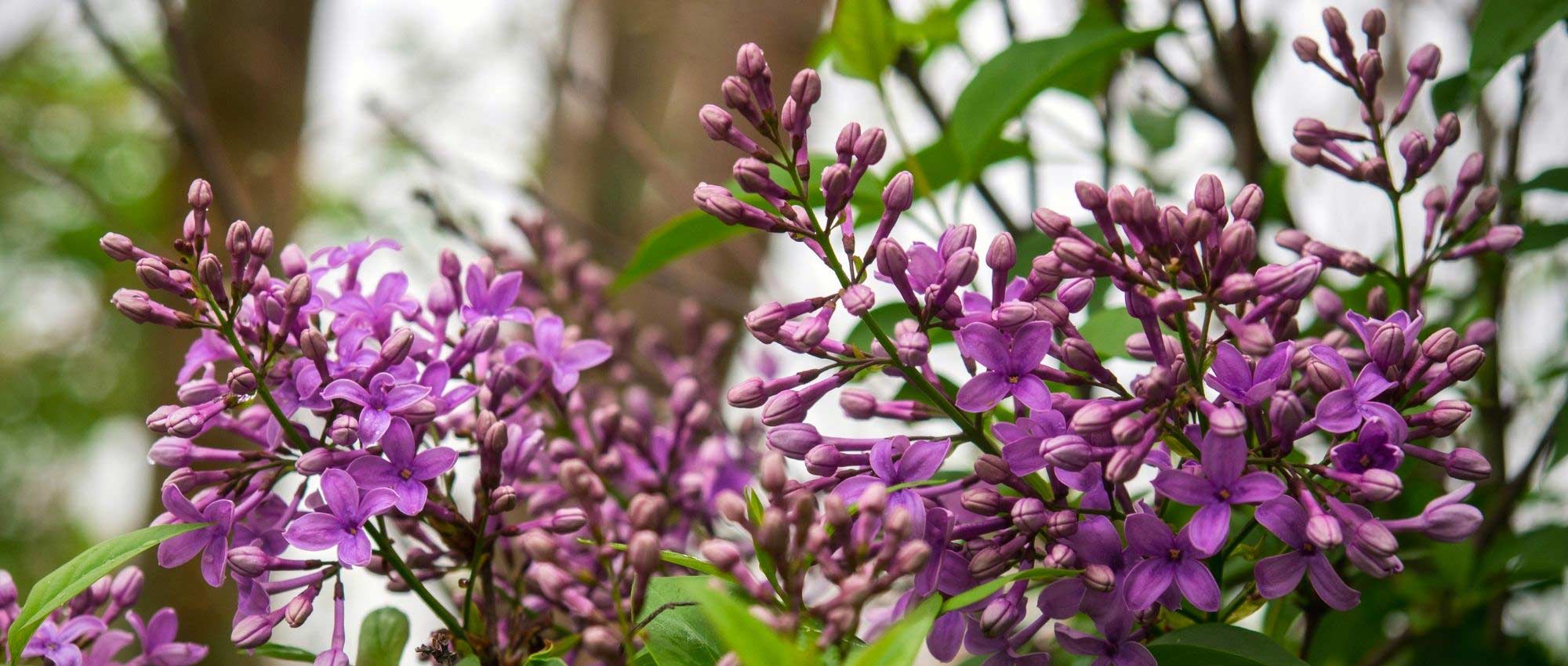
8 easy-to-layer shrubs
Discover our tips for multiplying them!
Contents
Layering is an ideal technique for multiplying woody plants and climbing plants. Different layering techniques exist, but the simplest is layering by bending and burying a stem. Layering is a good alternative to propagation by cuttings, for plants difficult to multiply in that way. Compared with sowing, layering has the advantage of preserving all characteristics of horticultural varieties: new plants obtained are clones of the parent plant, genetically identical. Moreover, layering allows obtaining plants of a decent size more quickly, ready to be planted in garden. And it is obviously possible to make several layers on same bush.
For more tips and explanations on different layering techniques, discover our complete guide: Layering: how to do it? as well as climbing plants easy to layer.
Viburnum
Viburnum multiplies easily with layering by couching, more effective than propagation by cuttings or sowing. This technique works very well especially for Viburnum plicatum.
When to layer viburnum?
Best time is early autumn (September–October).
How to do it?
Begin by locating a low, healthy and vigorous branch. Bend it to bring it down to soil, then work soil at that spot, digging a small trench and adding potting compost. Make a small notch on the branch, about 3 cm long, on underside of the shoot. Bring the branch into the furrow, then cover it with potting compost and firm down. Keep it in place with a hook or a stone. Tent pegs are perfectly suitable! Straighten branch tip vertically by tying it to a stake. Then water generously.
One year later, the following autumn, you can check whether it has rooted well, and sever it by cutting the branch just before the roots.
If you cannot find a branch close enough to soil and flexible enough to be buried, you can also carry out air layering.
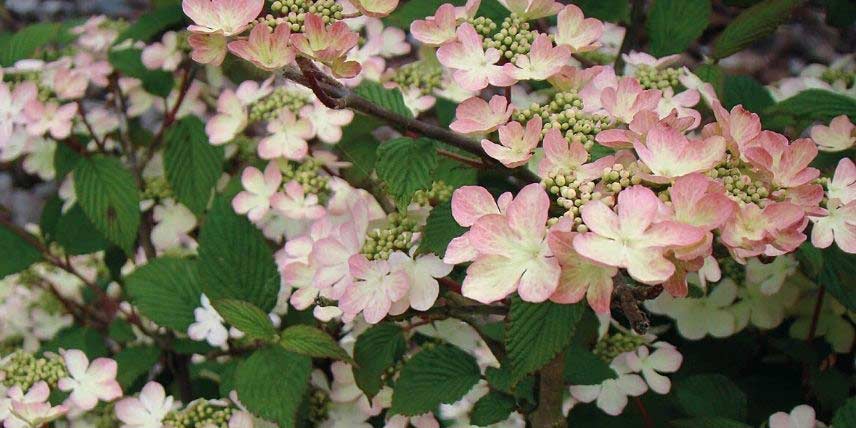
Read also
Layering: how to do it?Rhododendrons and Azaleas
Layering is an excellent technique to multiply rhododendrons! Indeed, sowing and propagation by cuttings are harder to get right and take longer. You will have far better chance of success with layering. Rhododendrons may even layer naturally.
When to layer rhododendron?
In autumn, around October.
How to proceed?
Choose one of the lowest branches. It should be long and flexible. Bend it towards the ground to find the point where it touches the soil. Dig a furrow 10 to 15 cm deep at that spot. Then prepare the layer: remove leaves from the part that will be buried or underneath, but keep leaves at the tip of the branch! Make an incision with a sharp knife to remove some bark and sprinkle with plant hormone for propagation by cuttings to encourage root development.
Bring potting compost, optionally mixed with sand, into the furrow. Bury the incised part by covering it with compost, and hold it in place with a hook or a stone. Then lift the branch tip and tie it to a stake. Finally, water the buried part generously.
Rhododendron takes a long time to root! Generally, wait at least two years before separating the layer. Check first that there are enough roots to allow separation and that the layer has taken, producing new leaves. Cut the branch just before the rooted section, and carefully lift the layer by digging widely enough to replant it in a new position.
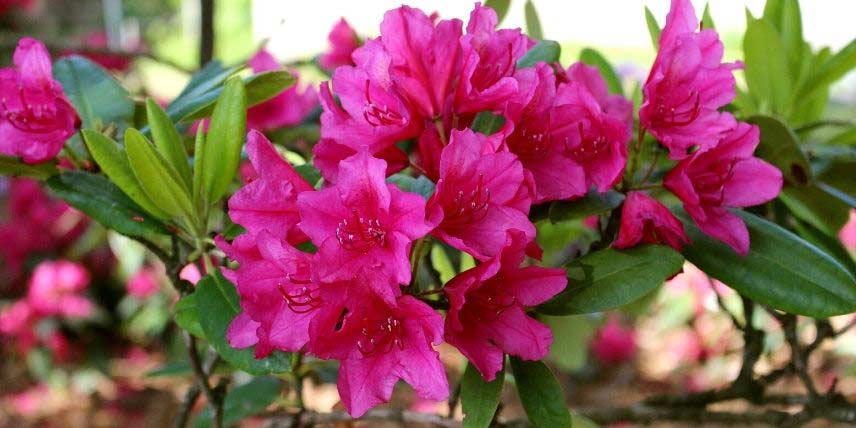
Discover other Shrubs
View all →Available in 0 sizes
Available in 1 sizes
Available in 1 sizes
Available in 1 sizes
Available in 1 sizes
Available in 1 sizes
Available in 1 sizes
Available in 1 sizes
Available in 1 sizes
Available in 1 sizes
Lilac
Lilac does not produce branches close to the ground that can be easily bent, so it must be propagated by air layering. Since the branch cannot be brought down to the soil, bring the soil up to the branch!
When to air-layer lilac?
Best time to air-layer is spring, between March and May.
How to air-layer?
Choose preferably a young plant at least three years old.
Select a healthy, vigorous branch about pencil thickness. If necessary, clear surrounding branches by cutting them back to improve visibility. You can also cut side shoots, twigs and leaves from the area where you will make the air layer, but leave leaves at the tip of the branch to allow photosynthesis and supply of sap. Also remove flowers or flower buds.
Make an incision with a knife to remove some bark from the section to be air-layered. Make a 2–3 cm cut. You can apply plant hormone to encourage root formation. Then take some potting compost, mix it with natural moss, and moisten it. Place it on the branch, holding it in place with a plastic bag (you can use a freezer bag). Close the lower part of the bag, then tamp down the compost firmly, and close the top of the bag. Ideally, the air layer should be about 15 cm long. The bag should be sealed airtight; use waterproof tape, for example. The compost should be compact, well tamped and moist. Cover the air layer with an opaque bag or a sheet of aluminium foil to protect it from light. Open the air layer from time to time to check that the substrate remains moist, and water if necessary. Lilac will take a few months to root.
You can detach the air layer in autumn (September–October), or the following spring, after checking it has rooted well. Cut at the base of the air layer, just before the roots, and replant immediately in soil or a pot, without removing the layer’s substrate so as not to damage the roots.
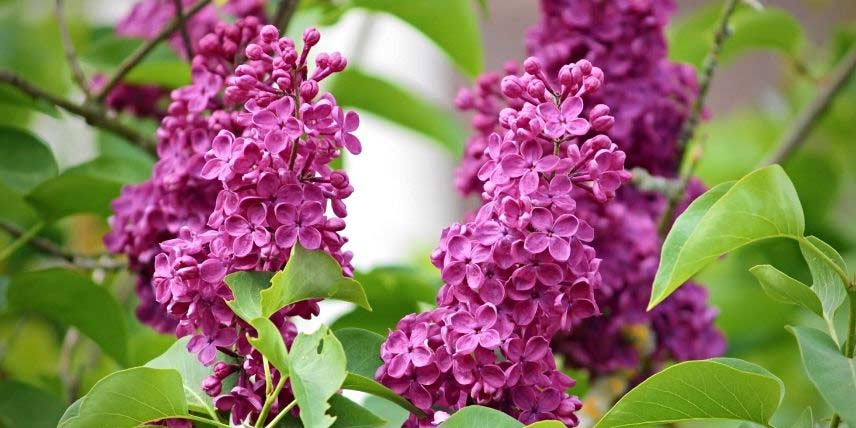
Daphne
Layering is the simplest technique to propagate Daphne.
When to layer Daphne?
Ideal time is spring, around May.
How to do it?
Choose a branch, long and fairly flexible, then lay it on the soil to mark the spot where you can bury it. Dig a small trench and place some potting compost in it. Bring the branch into this trench and hold it in place using a hook, pegs or a stone. Cover it with potting compost and firm down. Lift the tip of the branch upright, securing it with a stake. Water the part that is in the soil.
In late summer to early autumn, check whether the layer has produced roots. If so, detach it from the parent plant by cutting it just before the roots, then transplant it to a new location.
It is also possible to do air layering.
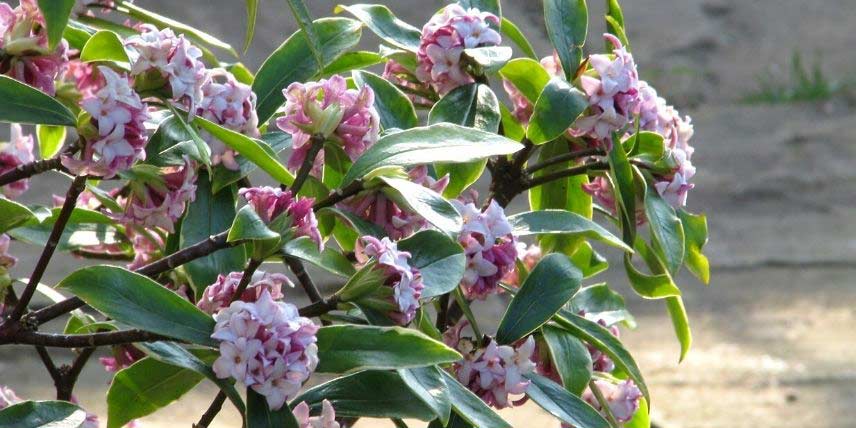
Japanese quince
Japanese quince multiplies easily by layering by laying a branch on the ground.
When to layer Japanese quince?
We recommend layering Japanese quince in autumn.
How to do it?
Select a long, flexible branch in the lower part of the tree. Bend it towards the ground and dig a small trench about 10 cm deep where it touches the ground. Remove leaves and any branching from the portion that will be buried. Make a small incision on the branch to remove a section of bark. Place potting compost in the trench, bury the branch and cover with soil. You can hold the branch in place using a hook, a tent peg or a stone. Cover with potting compost and firm lightly. Lift the end of the branch and tie it to a stake. Water the buried section.
In spring, check whether the layer has rooted sufficiently, and if so, separate it from the mother plant by cutting the branch just before the roots (if not, wait until autumn to wean it). Replant immediately and water generously to help it establish.
Chances are the young plant obtained will flower in the first year, whereas from seed you must wait at least 5 years before plants flower.
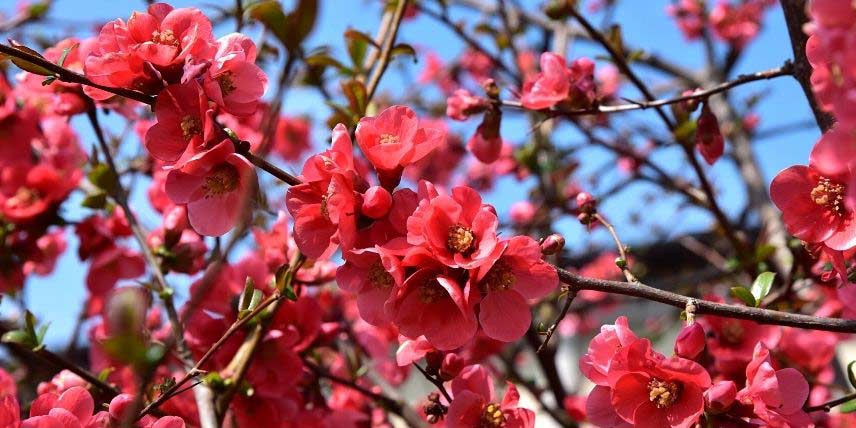
Fig Tree
Layering a fig tree is easy to do successfully. You can do air layering or ground layering. If you have long, flexible branches fairly close to ground, prefer ground layering; otherwise, if branches are higher, carry out air layering.
When to layer fig tree?
In any case, we recommend layering in May or June.
How to do it?
To perform air layering, choose a healthy, vigorous branch at least two years old. Remove a section of bark with a knife over about two centimetres. Fix a plastic bag around lower part of the layer, then fill it with moist potting compost. Firm down well to compact. Then seal top of the layer. Cover with an opaque plastic bag (for example a bin bag or a sheet of aluminium).
Fig tree should take a few weeks to form roots.
In early autumn, open plastic bag to check whether layer has rooted. If so, you can sever it by cutting the branch, then plant it in a pot. (If not, wait until spring to separate it from mother plant, and cover it with a winter frost cover for winter.)
In spring, plant fig tree in open ground at new location.
You can also layer fig tree by ground layering: select a young branch, long enough and close to soil. Bring it down to soil, and dig a small trench at that spot. Make an incision in the part of the branch that will be buried. Place potting compost in the trench. Put the incised branch in the trench, then cover it with compost and hold it in place with a hook or tent pegs. Install a stake to keep the branch tip upright. Then water the buried part. Check in autumn whether it has rooted. If so, you can separate it from mother plant.
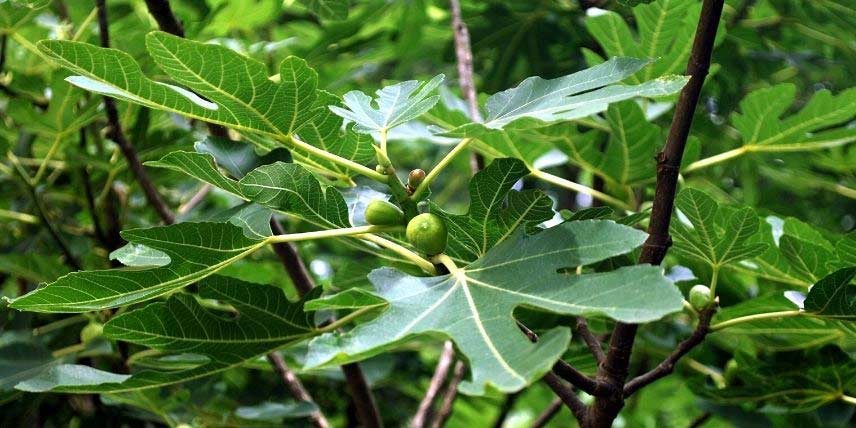
Osmanthus
For Osmanthus, ground layering is used. It is a good solution for multiplying this bush, because it is difficult to propagate by cuttings (cuttings need to be kept in an enclosed, humid environment, with plant hormones and bottom heat…)
When to layer Osmanthus?
Layer in autumn or in spring.
How to do it?
Choose a low, long and flexible branch. Bring it close to soil and dig a furrow at that spot, 10 to 15 cm deep. Remove leaves from the portion that will be buried, and incise the bark with a knife over 3 to 4 cm. Place potting compost in the furrow. Lay the stem into the soil and cover it with compost. You can hold it in place with a peg or a stone. Stake the end of the branch upright. Water the buried section.
Osmanthus is fairly slow to take root. Check one year later, in spring or autumn, whether the layer has developed roots. If so, cut the piece that links it to the mother plant, lift it and replant it in its final position. Remember to water well to help establishment.
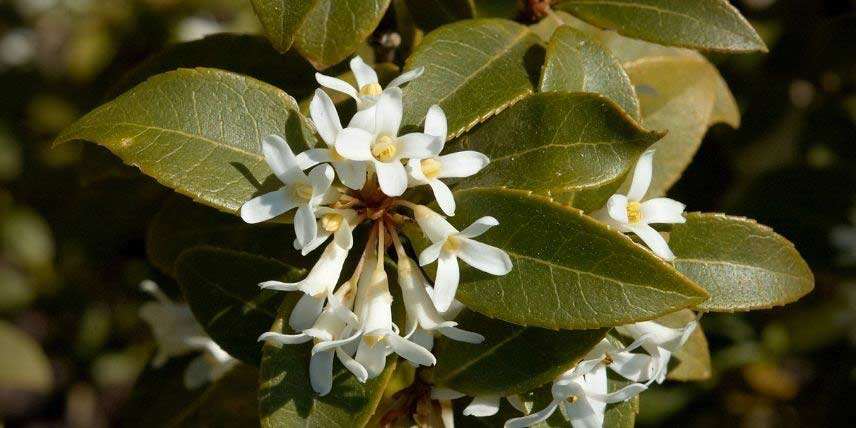
Holly
Holly is propagated by layering using the couching technique.
When to layer holly?
Do it in autumn, around October.
How to do it?
Choose a low, healthy branch that can easily be brought down to soil level. Make a small cut in the bark beneath the branch (on the side facing the soil), using a sharp knife, about 3 to 4 cm long. Loosen the soil where the branch touches the soil, and add some potting compost. Then bury the branch there, covering it with potting compost, firm the soil and water. Remember to prop up the end of the branch with a stake.
Holly takes a long time to root: wait two years before severing the layer.
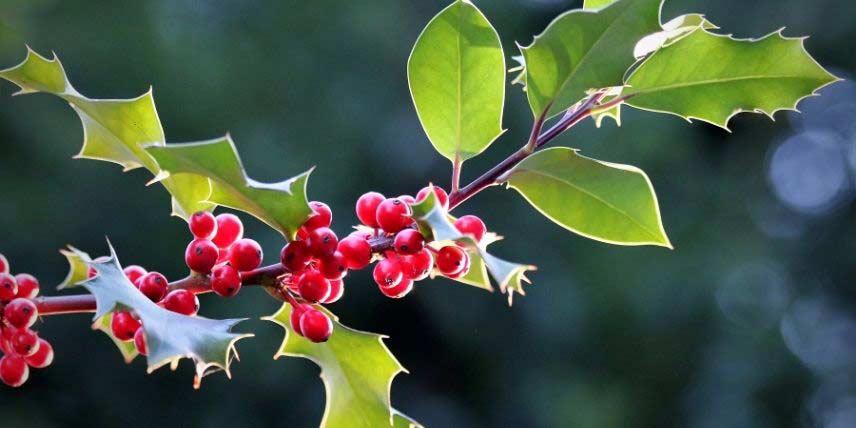
- Subscribe!
- Contents
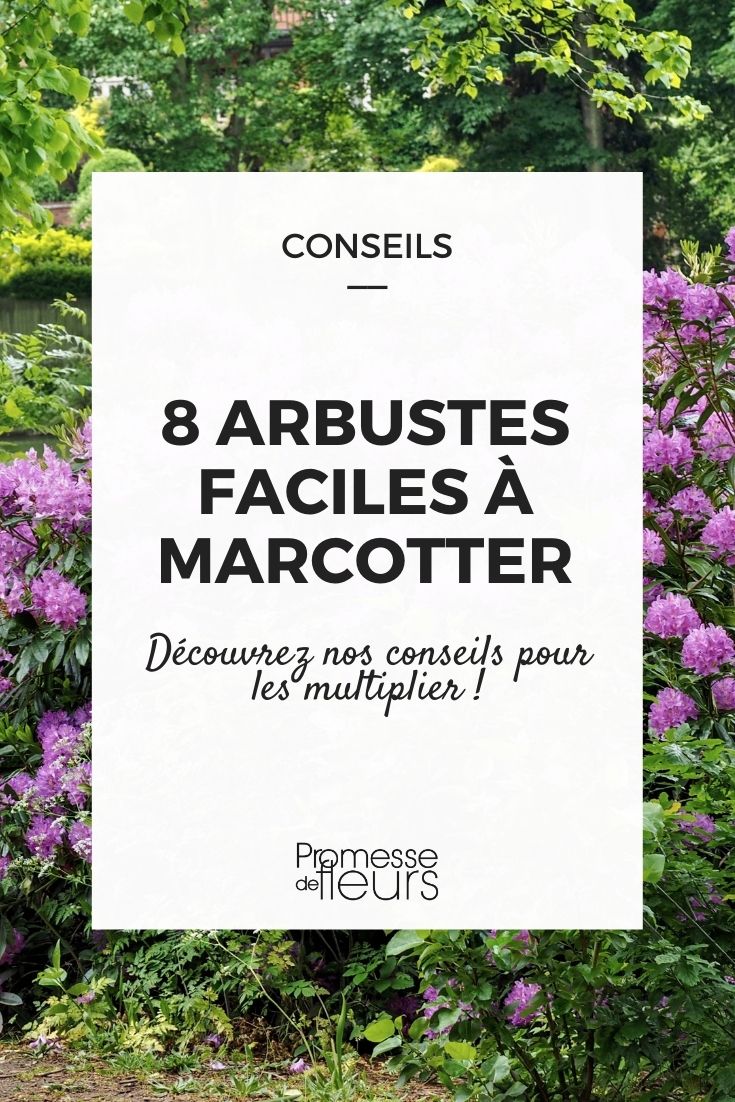































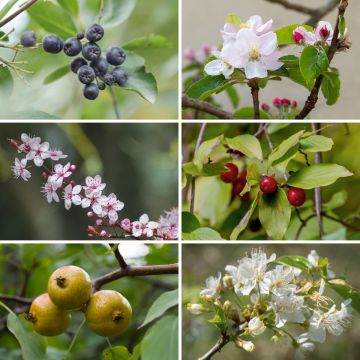
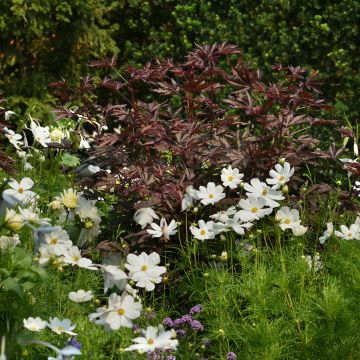
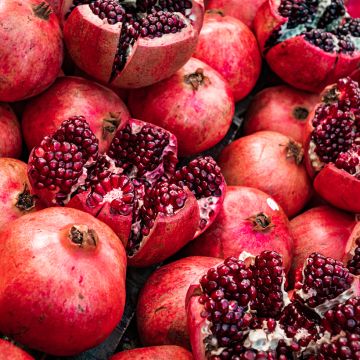

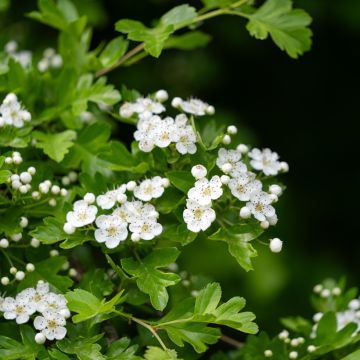
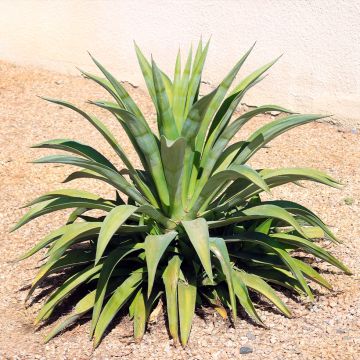
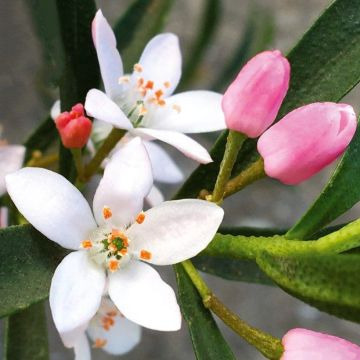


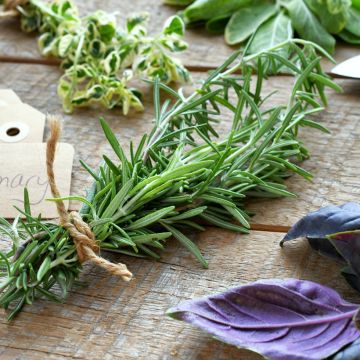
Comments